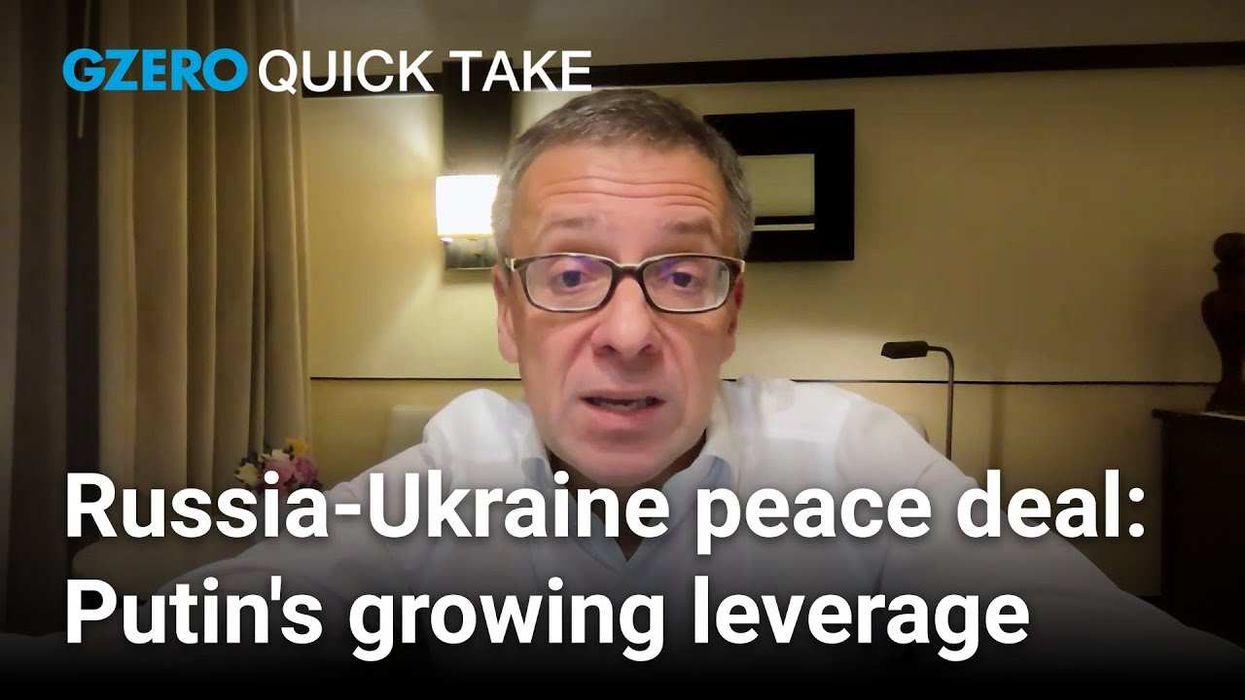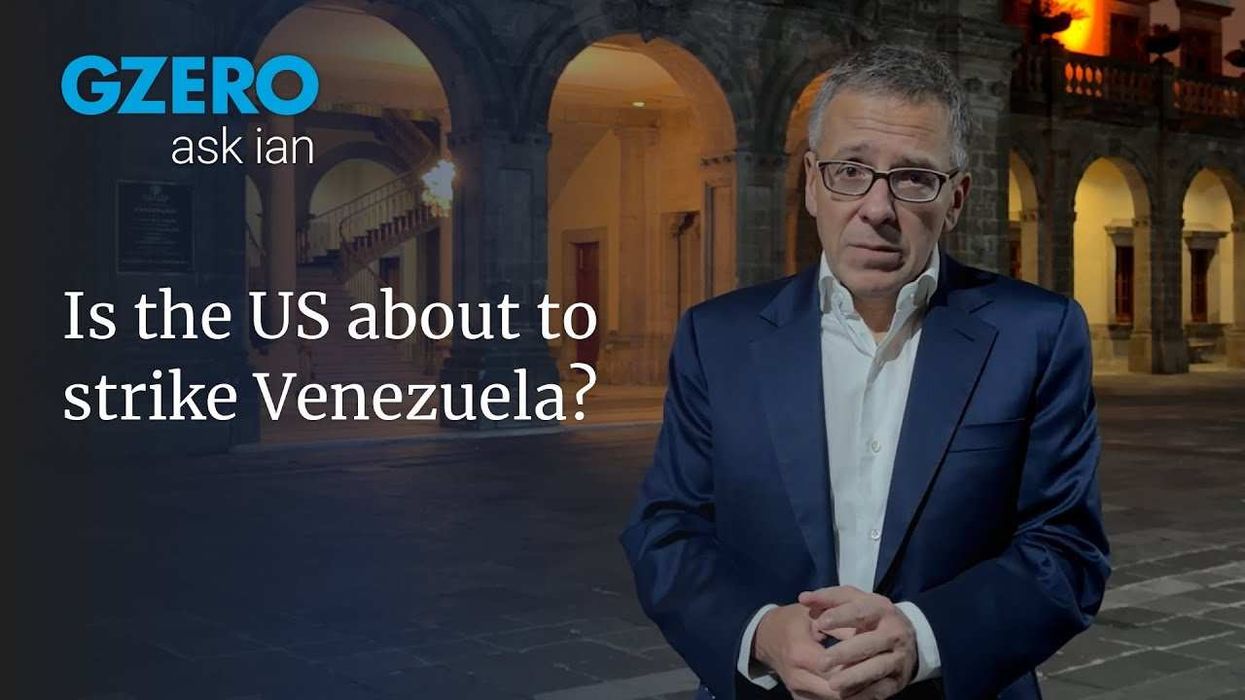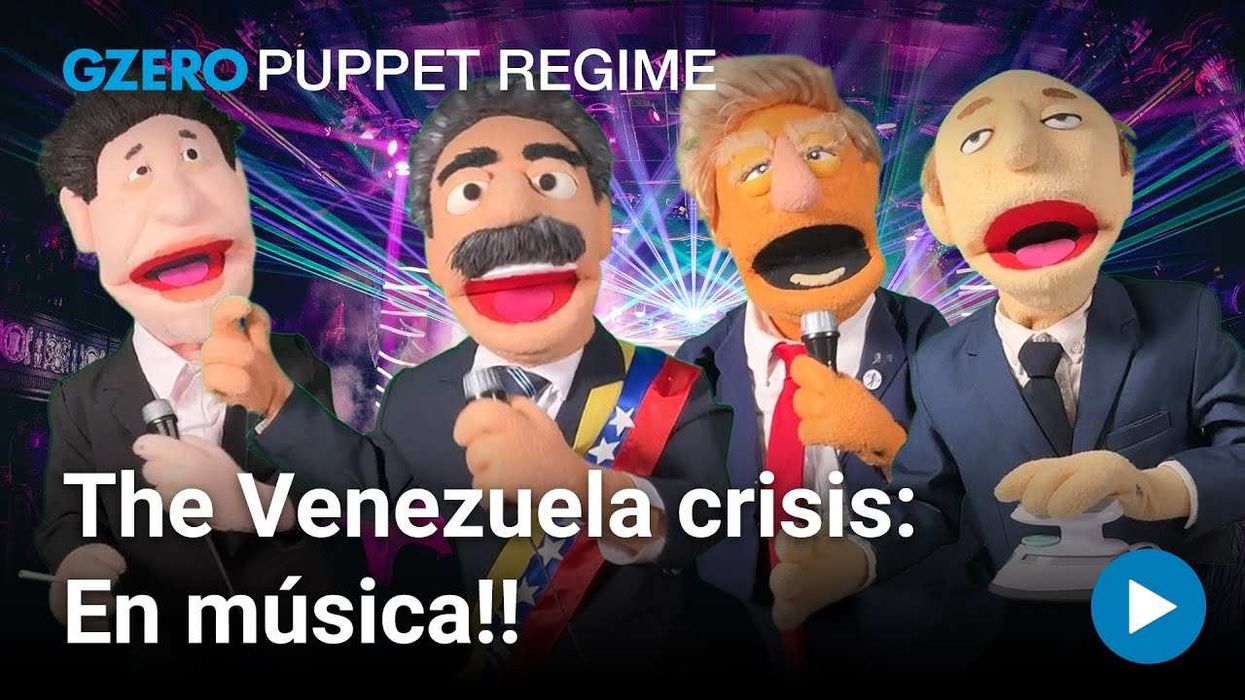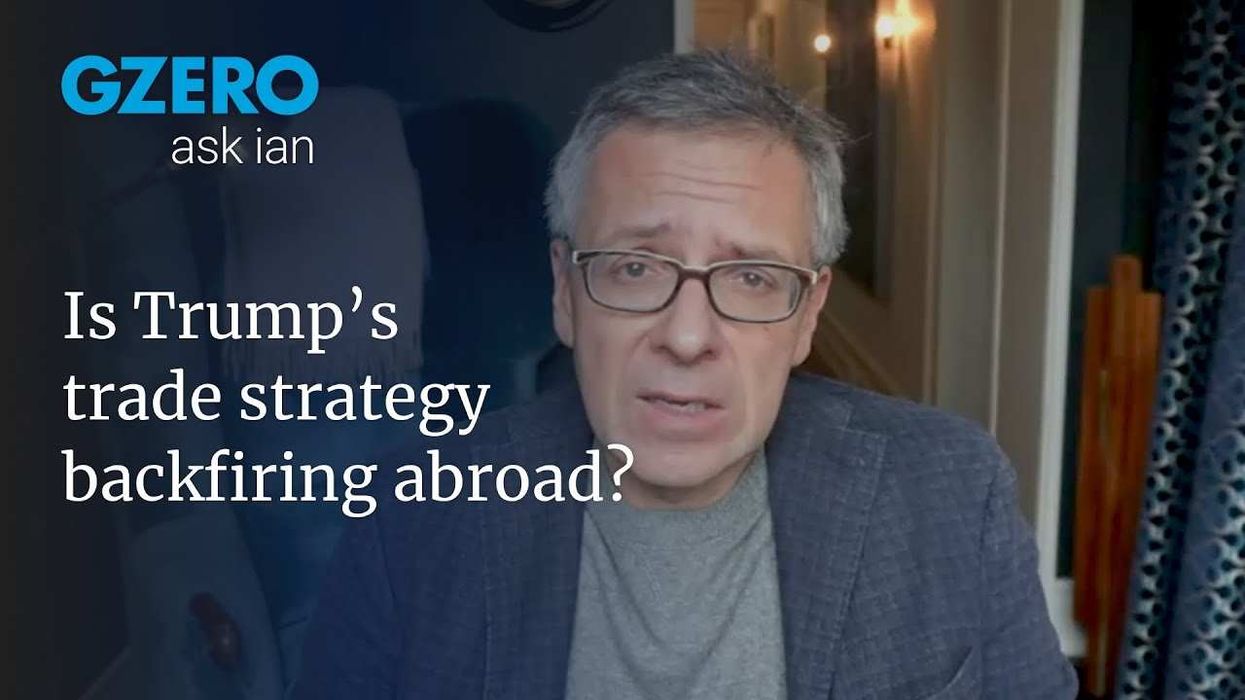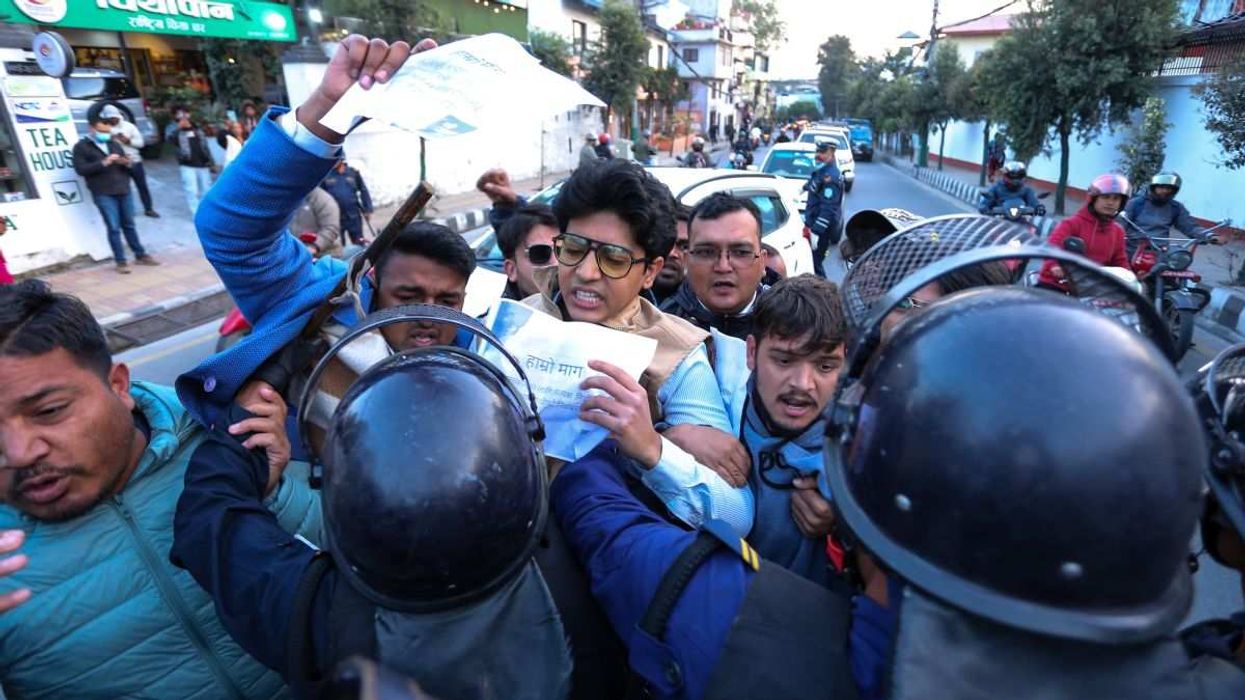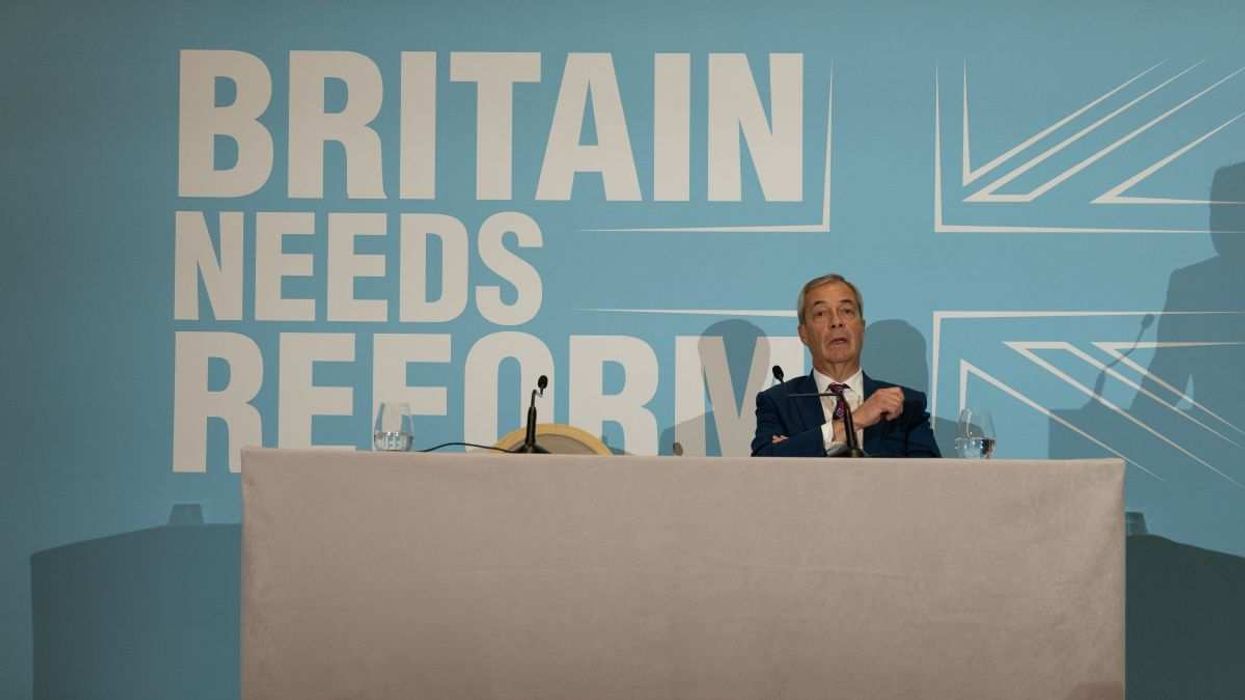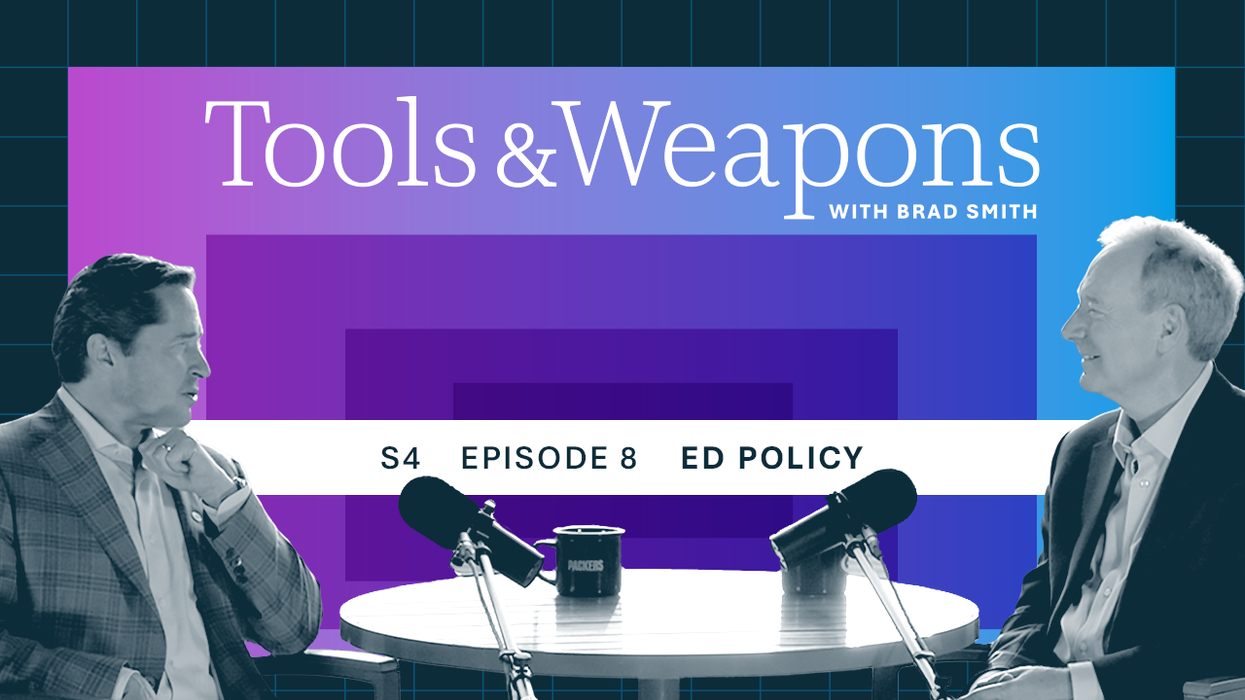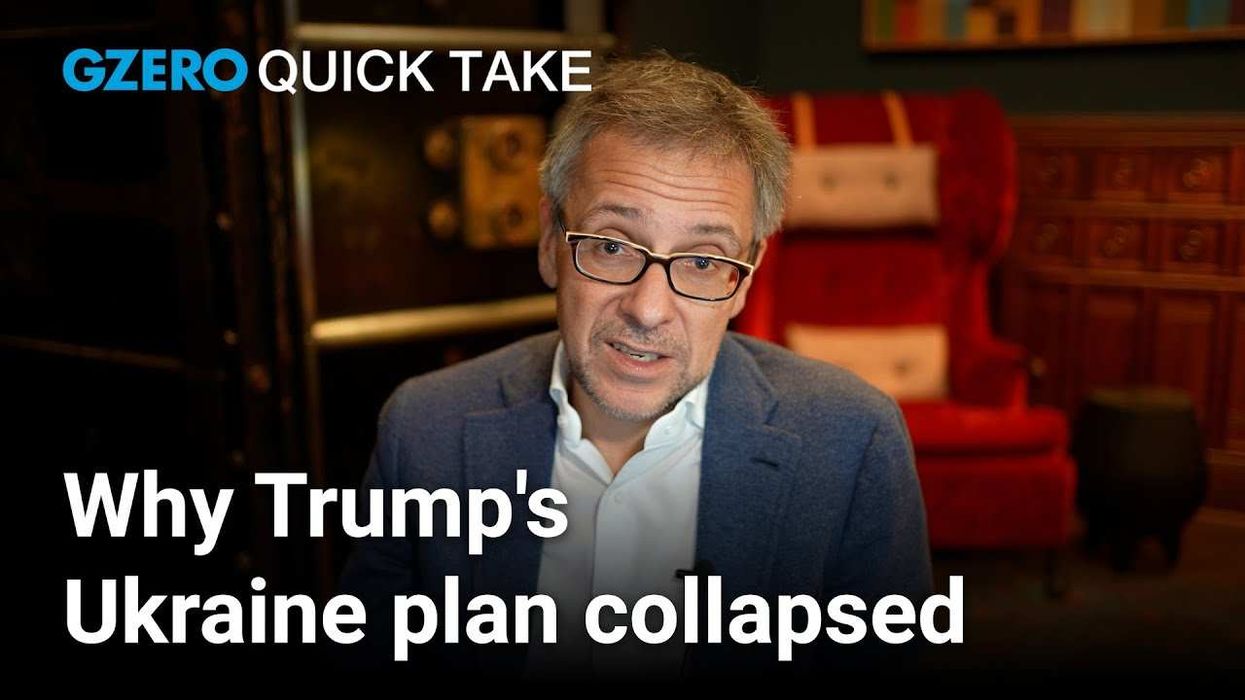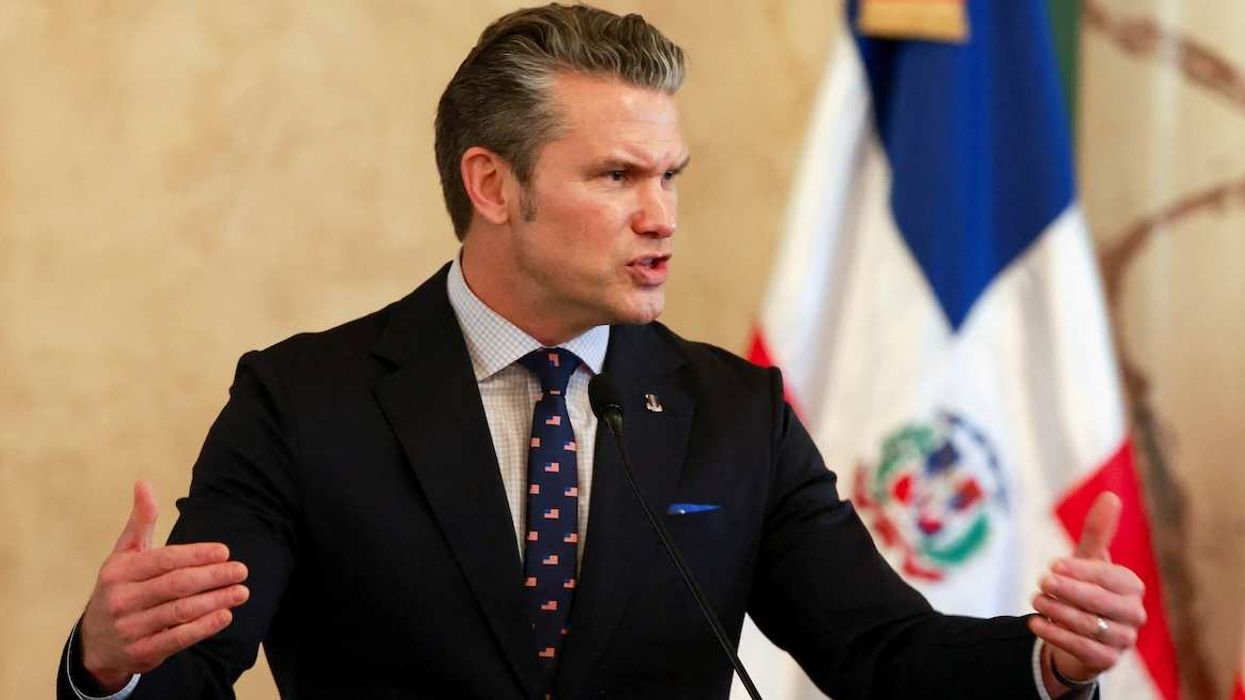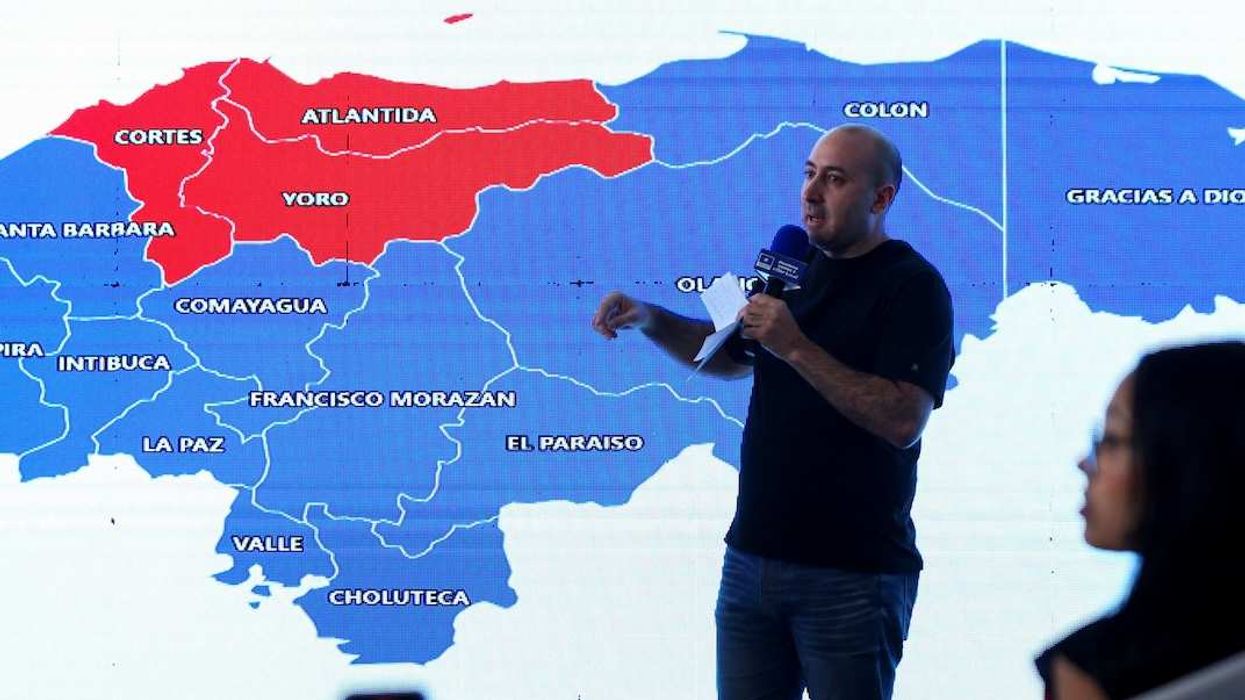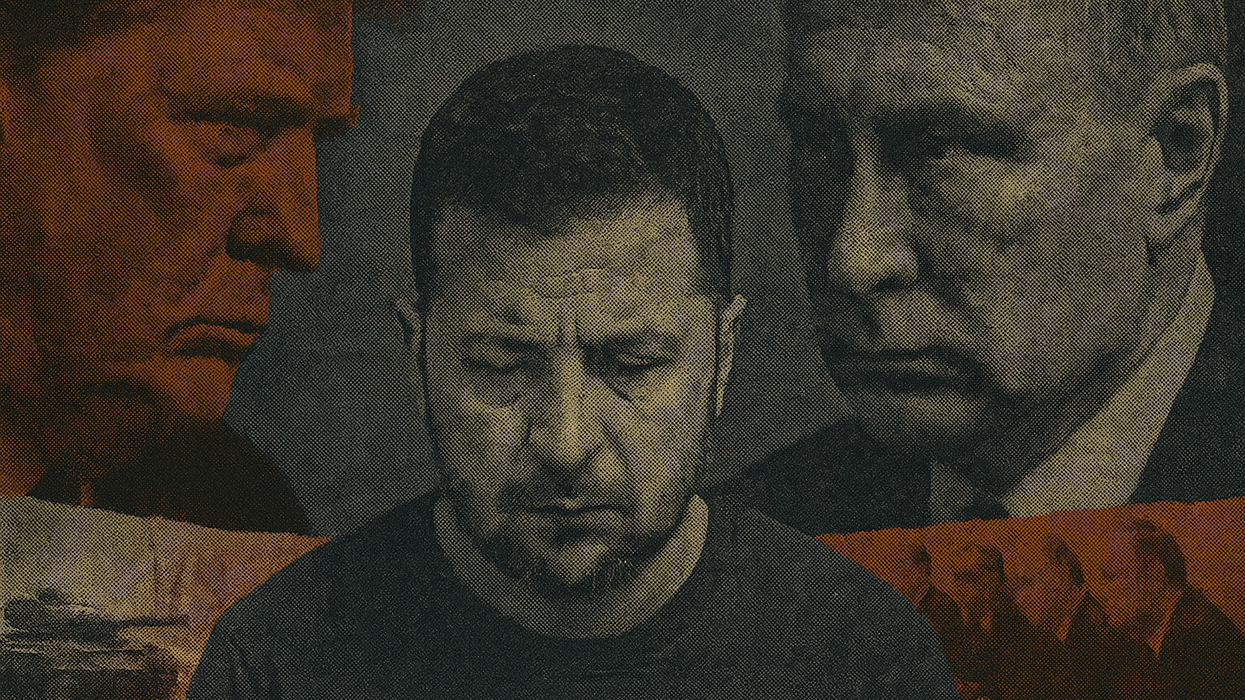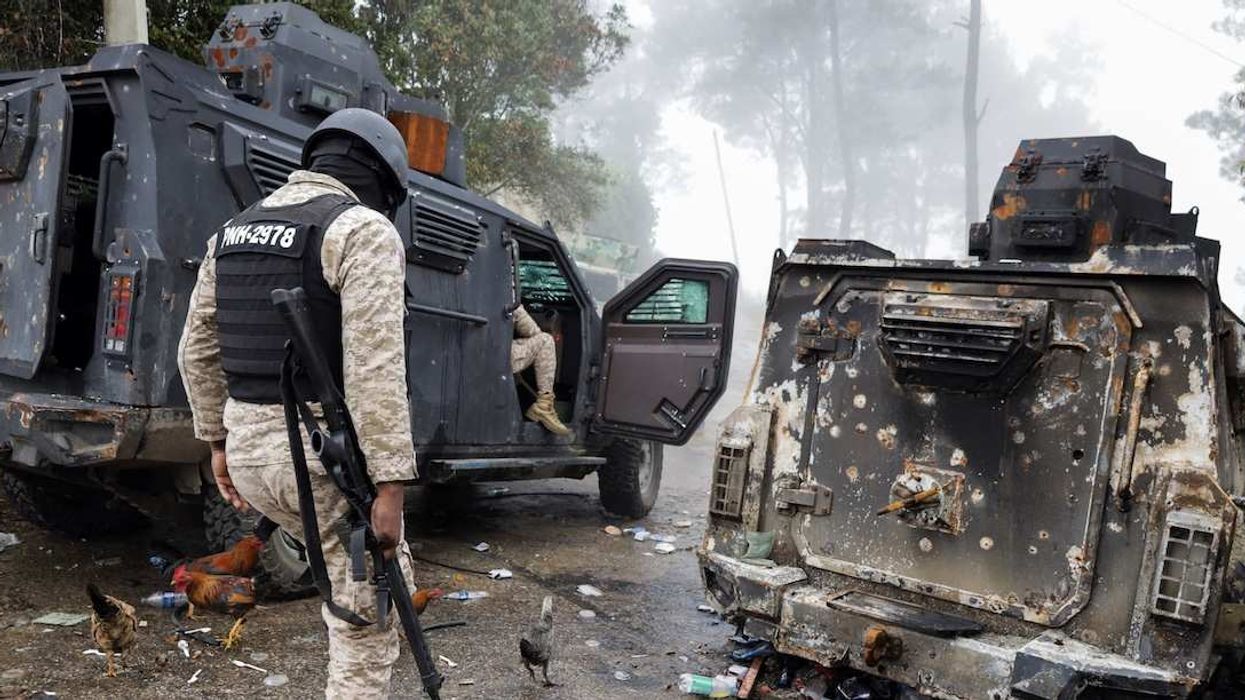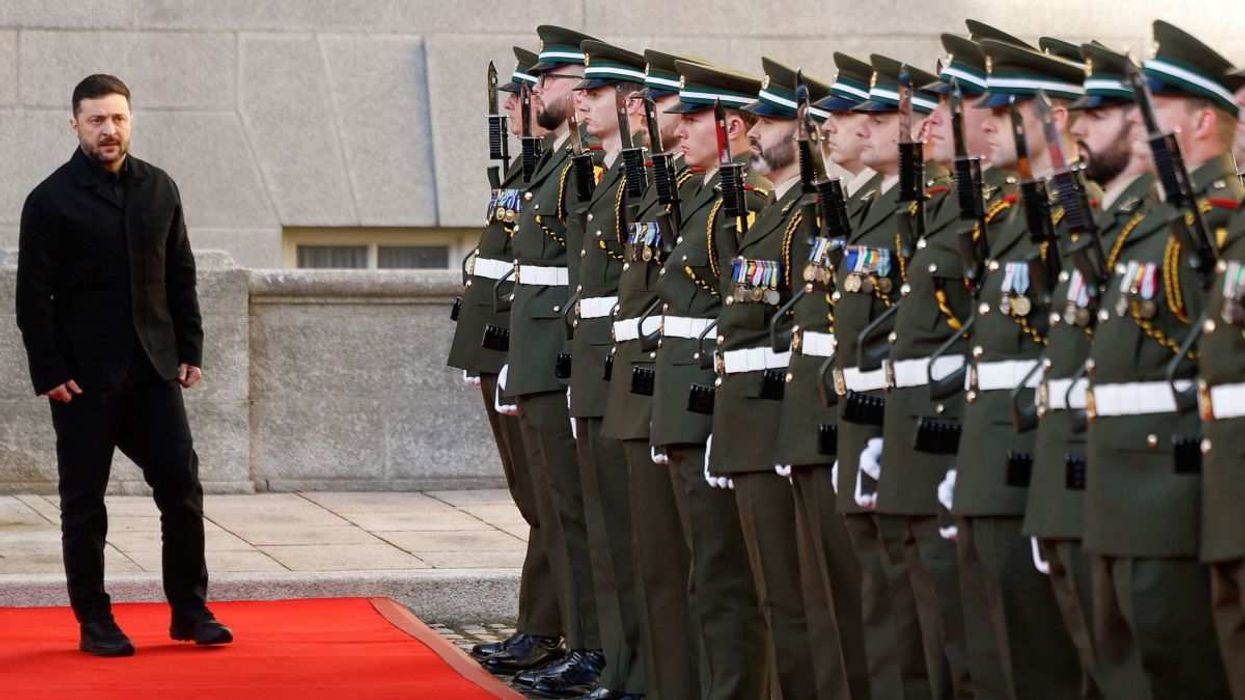Bolivia elected a new president on Sunday, the centrist Senator Rodrigo Paz Pereira. The choice marks a sharp break from nearly two decades of left-wing dominance under the Movimiento al Socialismo (MAS). It also makes Bolivia the latest Latin American nation to tilt right, as voters across the region tire of high inflation, rampant crime, corruption, and failed reforms. The shift has big implications for both Bolivia and the area’s economic and political future, as well as its relationship with the United States and China.
Why did Bolivia’s voters leave the left?
Bolivia’s economy is in crisis, due to its change in the past few years from an exporter to importer of oil and gas. This resulted in a foreign-currency shortage as the central bank depleted its reserve of US dollars to buy imported fuel. In 2024, GDP growth was an anemic 1%; in 2025, inflation hit 23%. Bolivia now has regular gas shortages, with motorists lining up for hours at filling stations. Voters blamed the MAS government of former President Evo Morales, who nationalized the oil and gas industry in 2006, initially producing prosperity but eventually faltering due to mismanagement and a lack of investment.
Morales also had a slew of personal failings. In 2019, he fled the country following accusations of corruption, only to return a year later. In 2025, he was charged with statutory rape after fathering a child with a 15-year-old girl, and hid in the jungle to avoid arrest. In the wake of the latest scandal, his party imploded, and MAS’ replacement candidate for president scored a mere 3% in the first round of voting in August.
What does the new president promise to do?
Paz pledged to reform the economy, crack down on crime, and cultivate closer ties with Washington. However, he did not go as far as his chief rival, former President Jorge “Tuto” Quiroga, who campaigned on austerity measures, an IMF bailout, and extensive spending cuts. Paz promoted more incremental change, including tax incentives for small businesses, and greater fiscal autonomy for local governments. He also promised to phase out fuel subsidies, angering labor unions who oppose any cuts to social programs.
Paz’s Christian Democrat Party (PDC) failed to get a majority of seats, meaning that he will have to compromise on some policies to establish a workable coalition. The PDC won 49 of 130 seats in the lower house and 16 of 36 in the Senate, while Quiroga’s coalition, Freedom and Democracy (Libre), won 43 seats in the lower house and 12 in the Senate. While Paz and Quiroga agree on certain policies, such as foreign affairs, on others Paz could find common ground with the Unity party (Unidad Nacional) of Samuel Doria Medina, whose support was instrumental to Paz’s victory in the runoff election.
Part of a pattern?
Across Latin America, the political pendulum has swung away from the “pink tide” of the early 2000s, led by the late Venezuelan strongman Hugo Chavez and Brazilian President Luiz Inácio Lula da Silva, as well as socialist parties in Ecuador, Bolivia and Nicaragua. Over the past few years, the governments of Argentina’s Javier Milei, El Salvador’s Nayib Bukele and Ecuador’s Daniel Noboa have all advanced right-leaning agendas, promoting libertarian economics and security crackdowns. In Brazil’s and Chile’s recent municipal elections, center-right parties also made strong gains.
What this means for the US and China
Bolivia will likely align with Washington on trade and foreign policy, which will have implications for China. Morales had cultivated greater alignment with Beijing, as had much of South America: today China is South America’s largest trading partner and the second largest for Latin America after the US. While the Chinese demand for commodities remains strong, friendly right-of-center governments could provide an opening for Washington to divert more of the continent’s critical mineral exports to the American market.
The rightward swing also portends increased cooperation with the US on migration, security, and crime. The Trump administration already has an ally in Bukele, whose notorious supermax prisons are paid to incarcerate American deportees. US President Donald Trump has also declared war on drugs in the region: the CIA is now conducting operations inside Venezuela, the US has struck smuggling vessels carrying both Venezuelan and Colombian nationals, and Trump has now cut off aid to Colombia, calling its president a “drug leader.” Right-wing governments could potentially be more cooperative with Washington on curbing narcotics production and trafficking.
Upcoming elections
Voters in Colombia, Chile, Peru, and Brazil will be going to the polls within the next twelve months. Their choices could either reinforce or reverse the current trend.
“We’re expecting a broader shift to the right in most upcoming elections due to popular frustration with leftist incumbents,” says Eurasia Group’s Latin America Director Risa Grais-Targow. “While Bolivia fits that trend, the election was driven mostly by economic concerns, while votes in Chile, Colombia, and Peru are likely to be shaped more by security concerns, which has become the main voter concern in much of the region.”
But Latin America’s rightward shift isn’t monolithic: according to Grais-Targow, Brazil’s election looks closer to a toss-up, with Lula currently the slight favorite to win. If Paz succeeds in delivering growth, security and investment in Bolivia, however, this weekend’s vote could set the tone for other elections to come.


